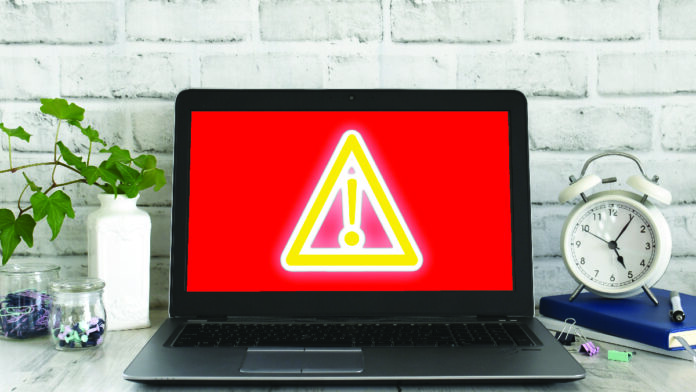In just a year, the metaverse went from hardly being mentioned in the public sphere to becoming one of the most popular search phrases, indicating its emergence as the next big thing, both among seasoned business and information technology professionals and casual observers.
But what exactly is the metaverse, and how should it influence how professionals, small businesses, and huge corporations think about cybersecurity and privacy in the future?
Also Read: How CISOs can Effectively Handle Third-Party Security Risk Management
Top cybersecurity concerns
Although the specific ideas underlying the metaverse are a little vague, privacy and security issues have surfaced. There are a lot of theories about how it will affect cybersecurity and what the main security problems are that need to be addressed right away.
The most pressing concern around the Metaverse is data privacy and security, which will almost certainly remain at risk for a variety of reasons.
For starters, there’s the critical use of AR/VR devices, which capture significant amounts of user data and information, such as biometric data, posing a risk of hacking. Furthermore, since the Metaverse provides leverage to acquire more user data, the modern demand for user data is anticipated to increase.
With the metaverse, how will cybersecurity be in 2022?
Since the idea of the Metaverse made the news, there has been a surge in cybercriminal activity, as evidenced by the rise in NFT scams. Because these scams use social engineering techniques, it’s safe to assume that social engineering attacks will continue. In fact, when the metaverse takes shape, there may be an increase in attacks.
Because the Metaverse will house such a large amount of sensitive data, there will almost certainly be an increase in hacking. Along with that, there’s the impact on data privacy. If things stay vulnerable, there could be a lot of hacking and data theft. Scams and malware attacks are on the rise as a result of this.
The fact that the metaverse is built on blockchain technology is undoubtedly the most alarming aspect. While this technology is secure, it is not completely immune to security flaws. Furthermore, it is decentralized, as there is no designated administrator or moderator to maintain command and control. There will be no way to recover stolen or fraudulently obtained assets with such an absence of authority.
Because the Metaverse will be based on avatars, there will be no easy way to track out cybercriminals. As evidenced by the dark web, anyone can deceive the digital landscape.
Also Read: How to Make Your Security Operations Center Future-Ready
Incorporating cybersecurity into the metaverse
Because the metaverse will bring a slew of cybersecurity challenges with it, it will be critical to put in place strong cybersecurity safeguards and protocols. For starters, numerous solutions such as proxies, VPNs, and antimalware software will be required to offer improved endpoint security. However, it is critical that things do not end there.
As social engineering and phishing attempts become more common, there will be a greater need to raise awareness about these risks. In truth, cybersecurity necessitates a holistic approach in its whole, focusing on the need for a proper combination of security tools as well as necessary cybersecurity awareness.
Many companies will also need to plan ahead and use penetration testing, theta hunting, and vulnerability scans to ensure that their security systems are secure, safe and uncompromising. A cyber-safe 2022 with the metaverse can be ensured only if each individual recognizes the critical need to secure themselves and understands the risks involved with even the tiniest degree of negligence.
For more such updates follow us on Google News ITsecuritywire News. Please subscribe to our Newsletter for more updates.









